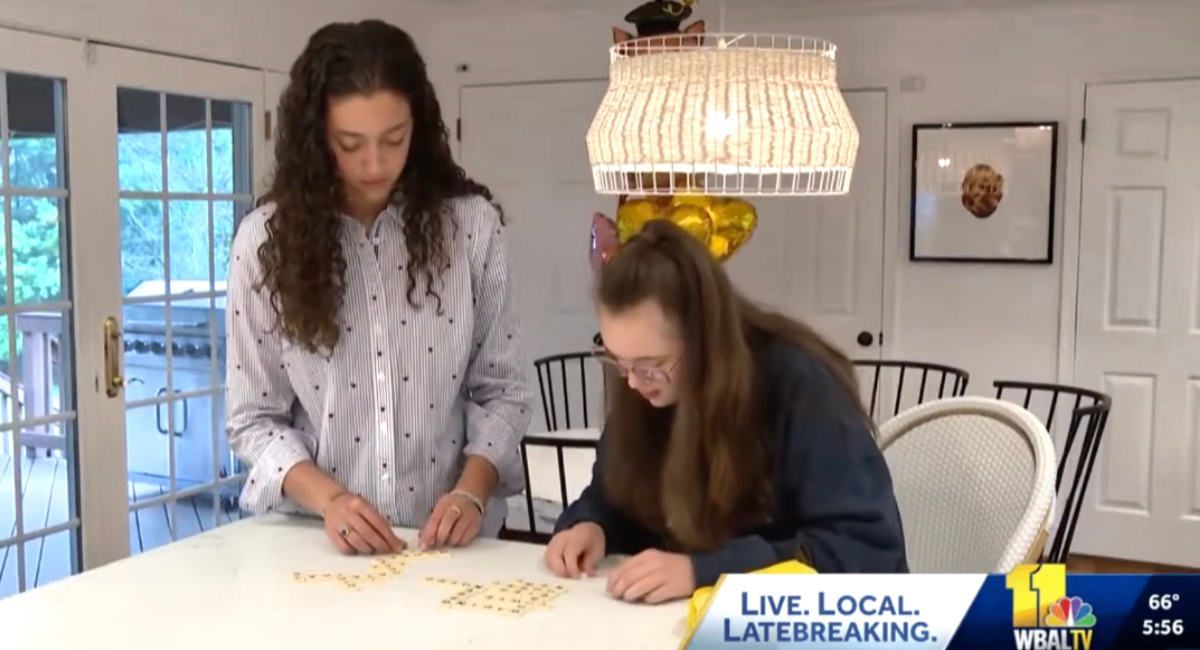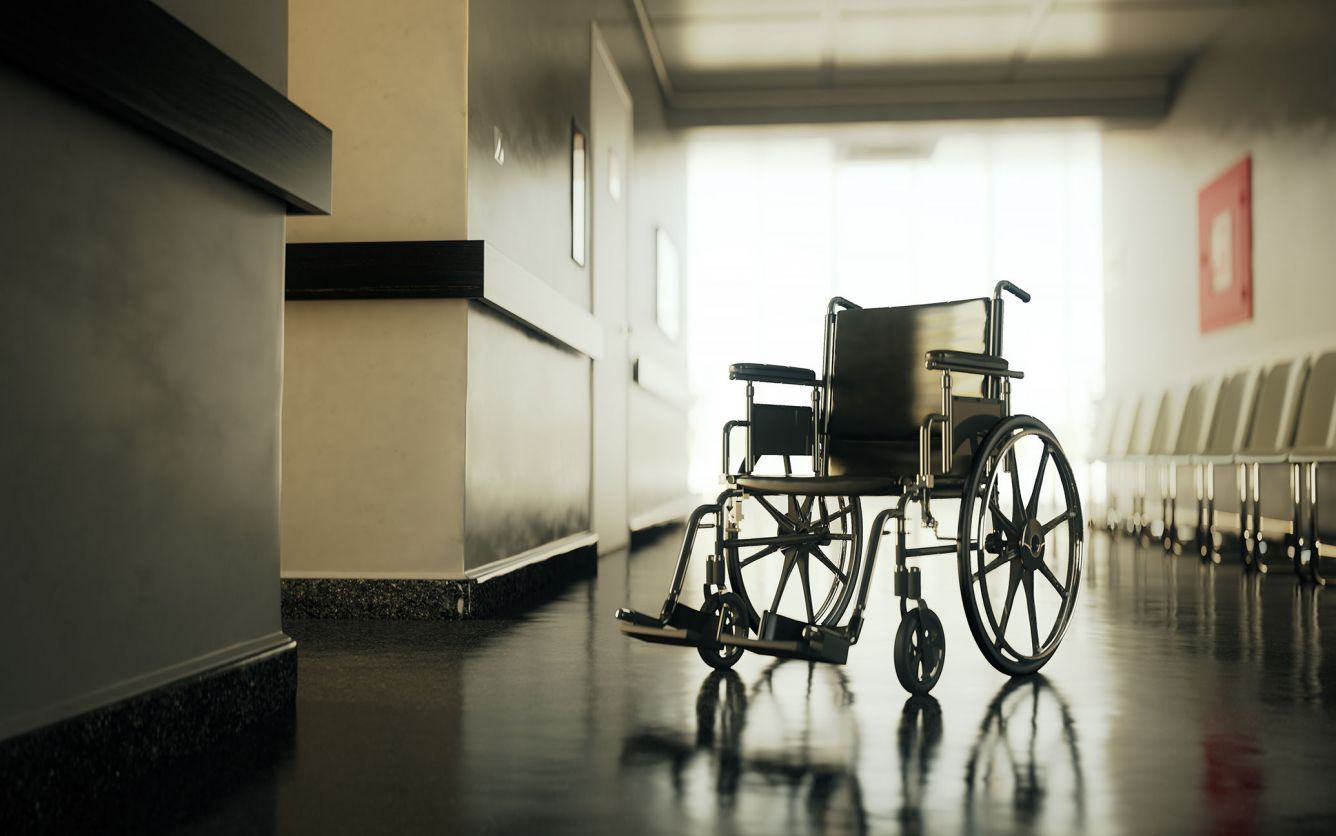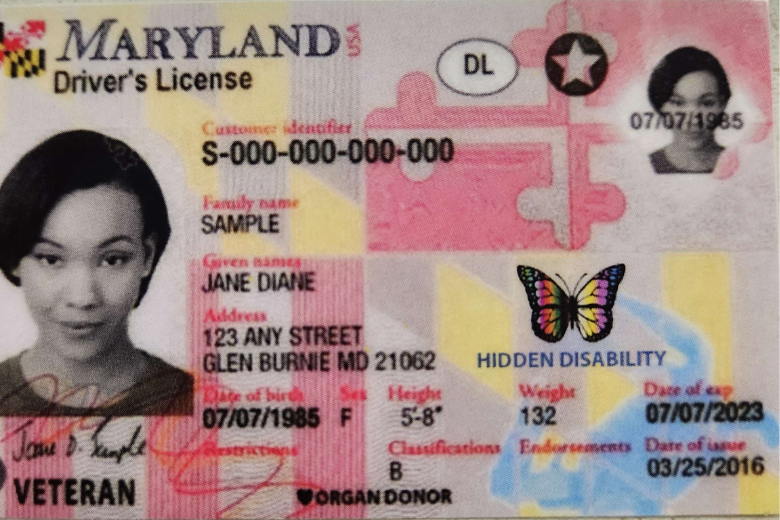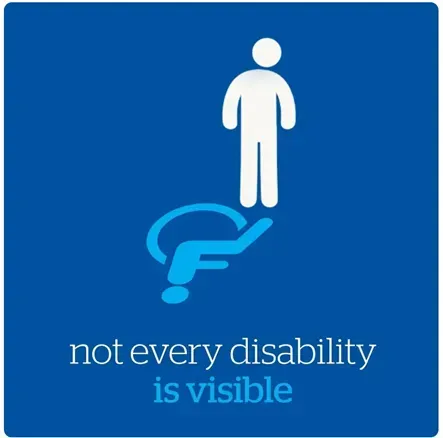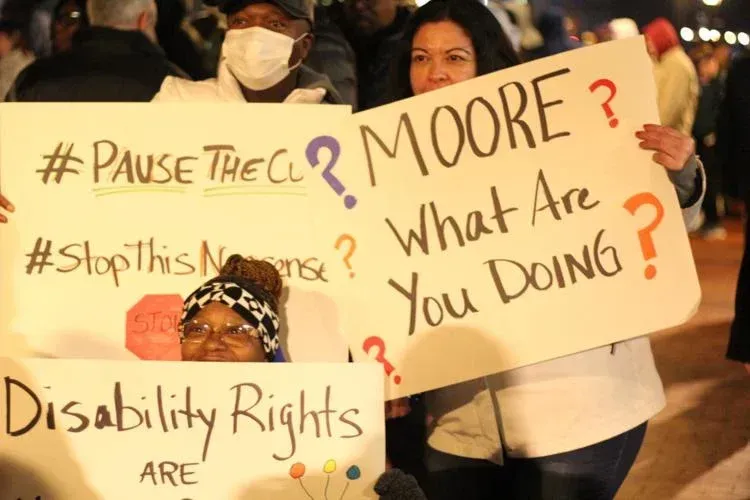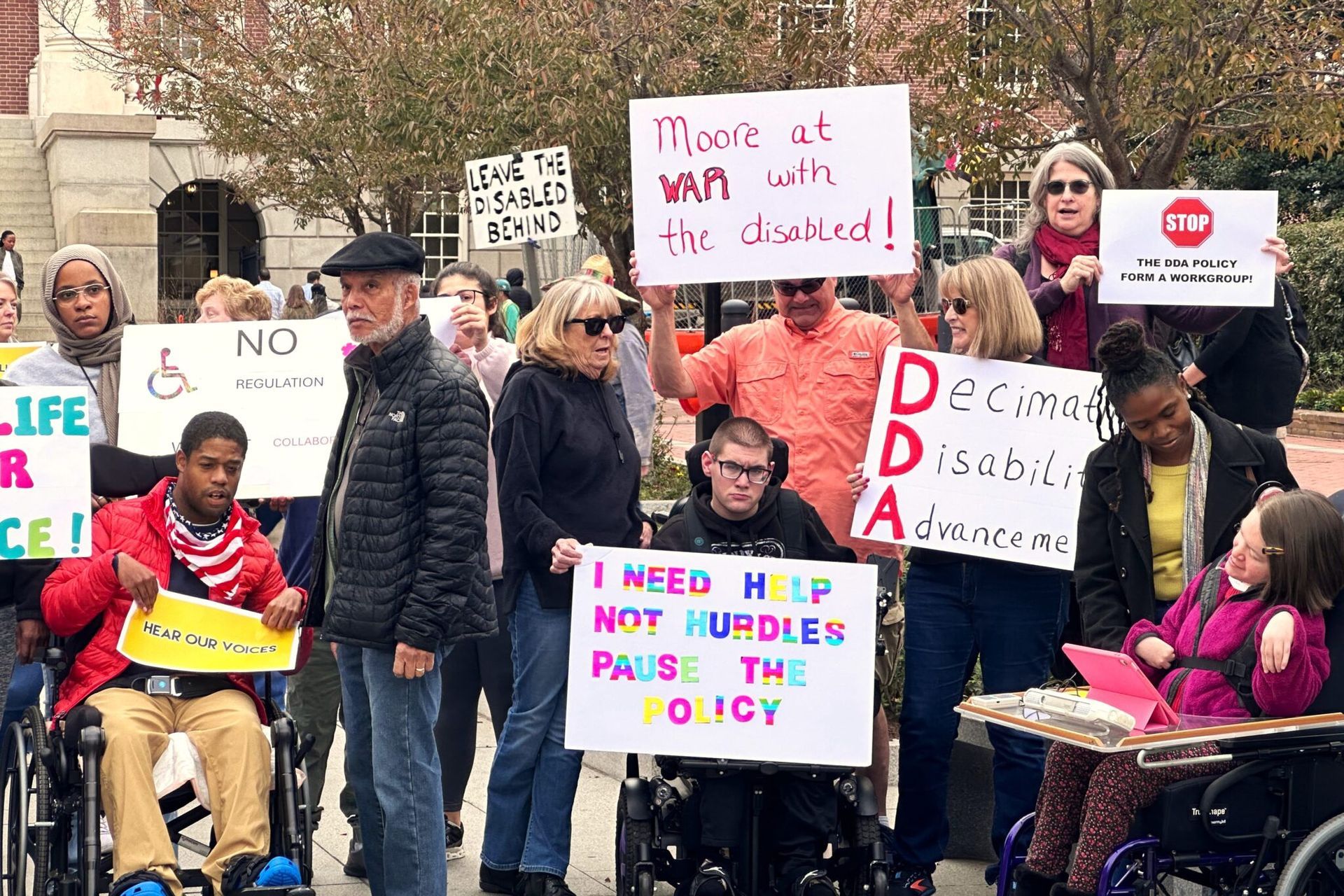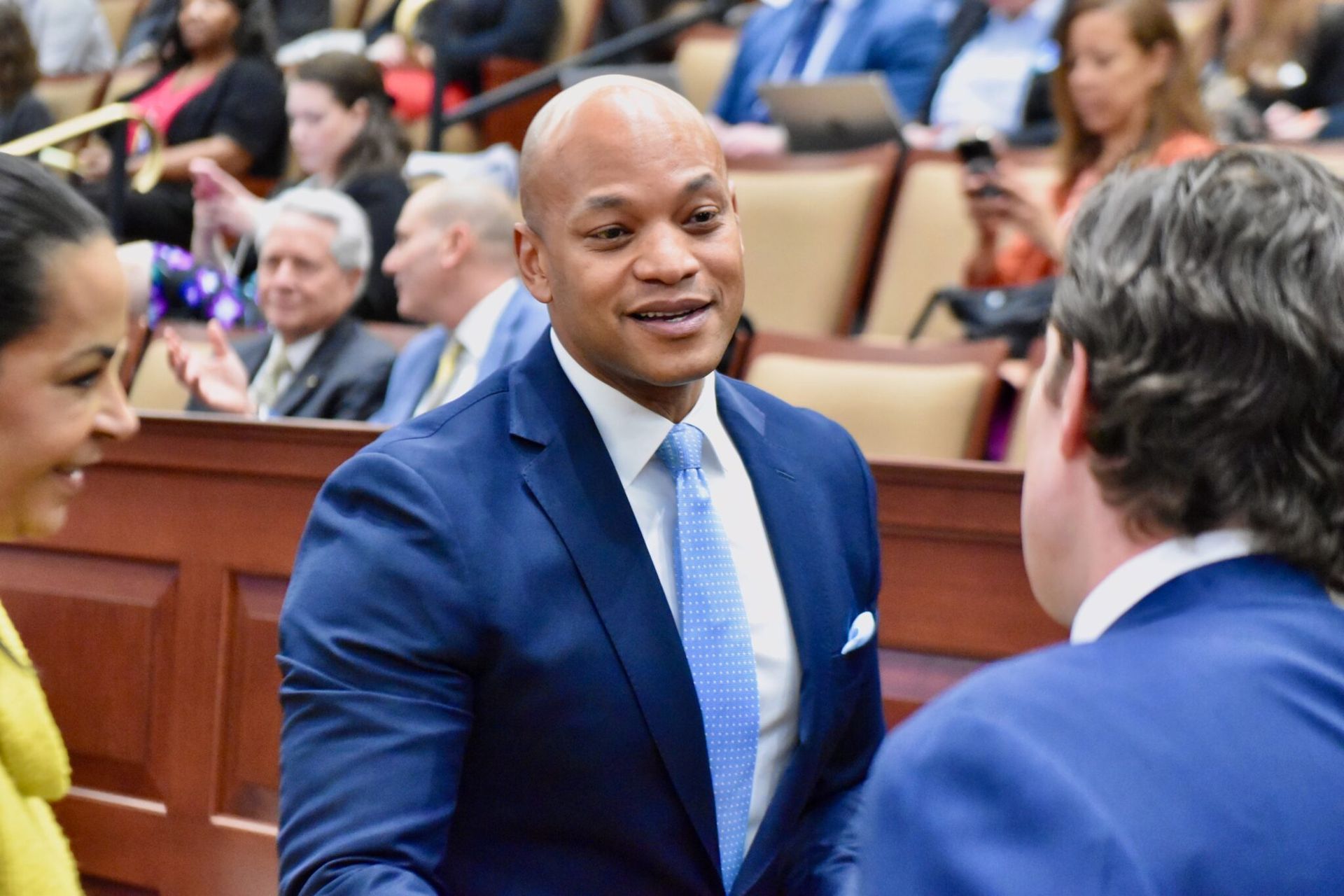Ban On Group Home Visits Is Hurting Residents, Critics Say
ALBUQUERQUE, N.M . — Belinda Foley is no longer allowed to see her parents.
Foley, 56, who has intellectual disabilities and medical issues, lives in a group home for people with developmental disabilities.
For the first three weeks of last month, after the state granted a request by the Foley family, she was allowed to spend three days a week with her parents at their home.
But that decision was overruled by Health Secretary Kathy Kunkel in a June 19 memo prohibiting any such visits.
Kunkel’s order prohibited day visits for people on the state’s Developmental Disability Waiver program and prohibited visits by parents and guardians to group homes. The reason stated for the prohibition was the safety of the residents in group homes during the COVID-19 pandemic.
Disability rights advocate and lawyer Peter Cubra of Albuquerque contends the blanket prohibition on visits discriminates against those with developmental disabilities and is causing Foley “irreparable harm.” He said the safety rationale doesn’t hold up under close examination.
The state first banned all visits to group homes in its mid-March emergency order shutting down much of the state to combat the spread of the coronavirus. The state began to ease restrictions for some businesses in mid-May and June 1.
That’s when the Foleys’ request for Belinda to spend time with them was approved.
Belinda Foley’s father, John Foley, would pick her up at the group home and drive her to the Foley residence to spend the day. John Foley said the other women in the group home have more severe disabilities than Belinda, and she was getting frustrated from the lack of social interaction.
“Her job at the Cottonwood Mall food court shut down with the first COVID-19 health order in mid-March,” John Foley said. “She is a very social person and missed all the people she knew.”
Under the governor’s June 1 reopening order, Belinda would have been allowed to go to work at the mall food court — which hasn’t reopened — but still couldn’t visit her parents or receive visits.
The only alternative is for Belinda to stay with her parents full time and not return to the group home.
John Foley said Belinda’s medical conditions require monitoring that he and his wife, Violet, were not in a position to do.
After the home visits stopped, John and Violet delivered a drink from a coffee shop and a homemade pastry to Belinda, who walked out to the car to get them.
“When she brought them inside the house, she was told she broke the rules,” John Foley said in a telephone interview. “She was beside herself, very upset.”
Since visits by parents and guardians aren’t allowed, the Foleys and others stay in communication by telephone. John Foley said his daughter is not shy about sharing how unhappy she is.
Belinda’s parents have their own health issues and have been taking precautions against the virus. Their grandchildren do their grocery shopping, and they don’t eat out or socialize.
“It’s not like we’re going out around town,” John Foley said.
Legal opinion
Before retiring, John Foley spent decades as executive director of The Arc of New Mexico advocating for people with disabilities. He says he is frustrated by the “one rule fits all” nature of the state’s order.
“There didn’t seem to be any room for compromise,” Foley said.
He contacted Cubra, a longtime ally in the fight for rights for people with disabilities, who said he looked at the state’s orders restricting visits to and from parents and guardians.
“There was no mention of people with disabilities, in group homes or the developmentally disabled waiver programs in the state’s Public Health orders,” he said.
He concluded the department’s blanket prohibition against family visits or being visited by family violated state and federal law.
“There is no language in the state’s public health order of June 1, 2020, that even addresses the visitation issue,” he said.
In a letter to Kunkel, Cubra wrote that the prohibition against family visits “is unfair to Belinda.”
Responding to the safety rationale, he noted that seven direct care staff rotated through the group home each week and were allowed to go home to their families, shop and go to restaurants. The staff members then return to the group home.
And according to the state’s response to Albuquerque Journal written questions, people on the Developmental Disability Waiver program were also allowed to return to work with the partial reopening of businesses and return to their group homes each day.
“People without disabilities, including those who reside in group settings, including government funded homeless shelters, detox facilities, boarding homes and informal house-sharing arrangements, are permitted to visit their families and then return to the group setting,” Cubra said in the letter.
That shows, Cubra wrote, that the prohibition discriminates against people with disabilities.
Cubra asked the state to make individual determinations about family visits and other issues created by the COVID-19 pandemic rather than blanket orders that only impact people with disabilities.
Increased risks
Kunkel responded in a letter to Cubra that the department is not discriminating against people with disabilities in the order prohibiting family visits and said she was concerned that studies have shown people with intellectual disabilities and autism who contract COVID-19 die at a higher rate than the rest of the population.
“People with developmental disabilities are far more likely to have a pre-existing health condition, such as respiratory disease, that adds to their risk,” Kunkel wrote.
She said in the letter that group home staff are considered “essential workers” under the state’s health orders and have to report to work at the group homes and are tested regularly for the coronavirus.
“So to protect the vulnerable, the best we can do is limit the number of people who enter the supported living home,” Kunkel said.
While the earlier health orders don’t specifically mention group homes, Kunkel said the prohibition is based on her orders banning visitations at nursing homes and long-term care facilities.
“I understand there was confusion as to how to carry out the directive to protect individuals with disabilities through a ban on visitation,” she said.
The visits that did go on, she said, were neither fair nor protective of people living in the group homes.
“Now we also know that COVID conditions may last a long time,” she said. “We need to find a way to live in a COVID world and bring individuals, families and friends together without creating unnecessary danger for those housemates who have not agreed to the risk or should not be subjected to risk.”
Search for solutions
Since mid-June, the Developmental Disabilities Supports Division has held several virtual meetings trying to figure out how to reopen services for those in the Developmental Disability Waiver programs.
No conclusions have been reached yet.
There is an acknowledgment that people in the programs are diverse — some living independently with support, some in group homes and some at home.
The range of disabilities is large. Some people have intellectual disabilities, while others have physical disabilities. Some have both.
They range in health status from relatively fragile to physically robust.
The range in health and disabilities is one reason each person in the waiver programs has a case manager, a guardian — often a family member, individual therapists who supply support services and agencies that provide other services.
Those teams meet and plan programs — education, community support and therapy for each person — and measure their progress.
Cubra and other advocates want these teams to make determinations on what activities to allow for each person in the Developmental Disability Waiver programs.
“There doesn’t seem like there’s much compromise or imagination being used,” Foley said. “Instead we get blanket prohibitions.”
© 2020 Albuquerque Journal
Distributed by Tribune Content Agency, LLC

